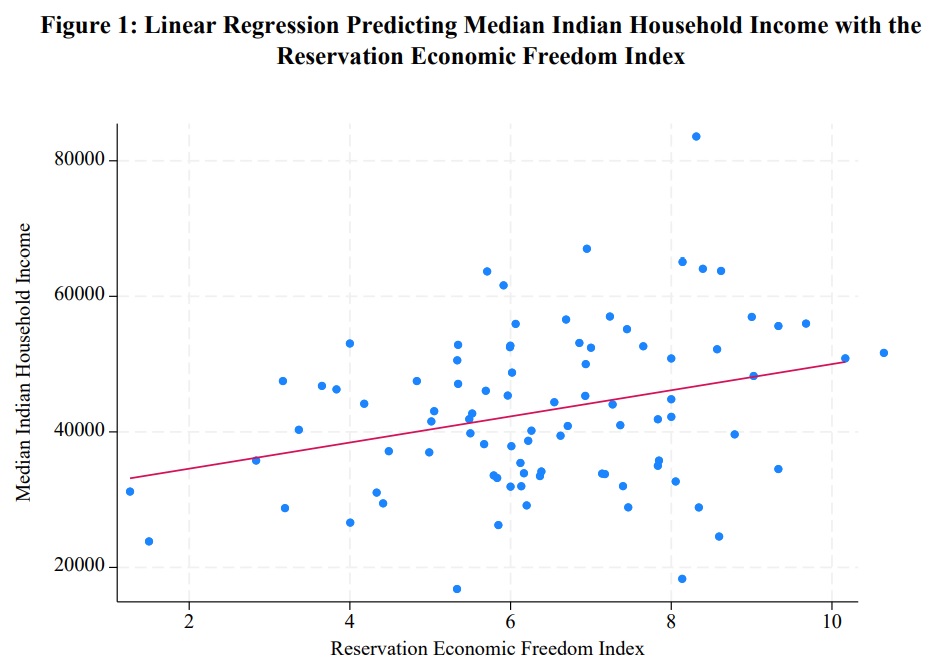Internal Meta emails say pressure from Washington was behind a decision to take down posts attributing pandemic to man-made virus
By Ryan Tracy of The WSJ. Excerpts:
"Facebook
removed content related to Covid-19 in response to pressure from the
Biden administration, including posts claiming the virus was man-made,
according to internal company communications viewed by The Wall Street
Journal.
The emails show Facebook executives discussing how they managed users’ posts about the origins of a pandemic
that the administration was seeking to control. “Can someone quickly
remind me why we were removing—rather than demoting/labeling—claims that
Covid is man made,” asked Nick Clegg, the company’s president of global affairs, in a July 2021 email to colleagues.
“We
were under pressure from the administration and others to do more,”
responded a Facebook vice president in charge of content policy,
speaking of the Biden administration. “We shouldn’t have done it.”"
"The emails viewed by the Journal, which haven’t been previously
reported, date to the spring and summer of 2021, when the White House
was mounting a nationwide push for Americans to get vaccinated for
Covid-19. Part of that push included a public and private campaign to
get Facebook to more aggressively police vaccine-related content.
Administration
officials had come to believe that many Americans were hesitant to get
vaccines because of false information they saw on Facebook. “They’re
killing people,” President Biden said that July.
The
tongue-lashing caused Facebook to re-evaluate its policies about
Covid-19 content—discussions that involved high-level company officials
including Clegg and then-Chief Operating Officer Sheryl Sandberg, the emails viewed by the Journal show.
Following
the president’s “killing people” comment, the Facebook vice president
circulated a memo assessing the difference between Facebook’s content
policies and the Biden administration’s demands—some of which the
company appeared ready to push back on.
“There
is likely a significant gap between what the WH would like us to remove
and what we are comfortable removing,” the Facebook vice president
said.
As
one example, the executive listed the White House’s desire that the
company take action against humorous or satirical content that suggested
the vaccines aren’t safe.
“The WH has previously indicated that it thinks humor should be removed
if it is premised on the vaccine having side effects, so we expect it
would similarly want to see humor about vaccine hesitancy removed,” the
vice president wrote."
"In some of the emails, Facebook executives expressed concern that
removing posts in which Americans expressed hesitation about getting
vaccinated could actually make them less likely to get a shot.
“There
may be risk of pushing them further toward hesitancy by suppressing
their speech and making them feel marginalized by large institutions,”
said one draft memo to Facebook leadership, included in an April 2021
email. Removing such posts could also fuel conspiracy theories about a
coverup related to the safety of vaccines, the draft memo said.
At
the same time, Facebook officials appeared to feel pressure to address
the White House’s concerns. As Clegg prepared to meet the U.S. surgeon
general about vaccine misinformation in late July 2021, he emailed
colleagues: “My sense is that our current course—in effect explaining
ourselves more fully, but not shifting on where we draw the lines…is a
recipe for protracted and increasing acrimony.”
“Given
the bigger fish we have to fry with the Administration—data flows
etc—that doesn’t seem a great place for us to be, so grateful for any
further creative thinking on how we can be responsive to their
concerns,” he said.
Facebook at the time was hoping to facilitate an agreement between U.S. and European officials allowing user data to flow across the Atlantic in compliance with privacy laws.
By
August 2021, Facebook executives were emailing each other about new
planned changes to their Covid content policies. One change increased
the punishments faced by users who ran afoul of content policies and had
accounts on both Facebook and Instagram, another social-media platform
owned by Meta, the emails show.
For example, the company had previously removed the Instagram account of Robert F. Kennedy Jr.,
a vaccine skeptic now turned presidential candidate. But his Facebook
account hadn’t faced the same punishment because it hadn’t posted the
same content, the emails show.
Under
the new policy, Kennedy’s Facebook account wouldn’t be recommended to
other users, a Facebook executive explained in an August email
describing how the company was following up on the Biden
administration’s requests."
